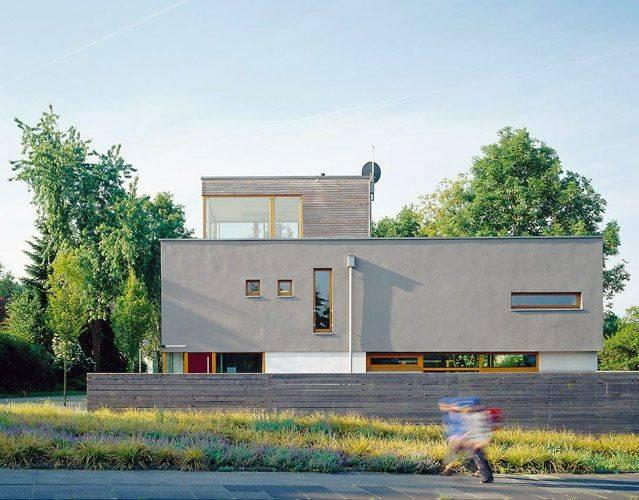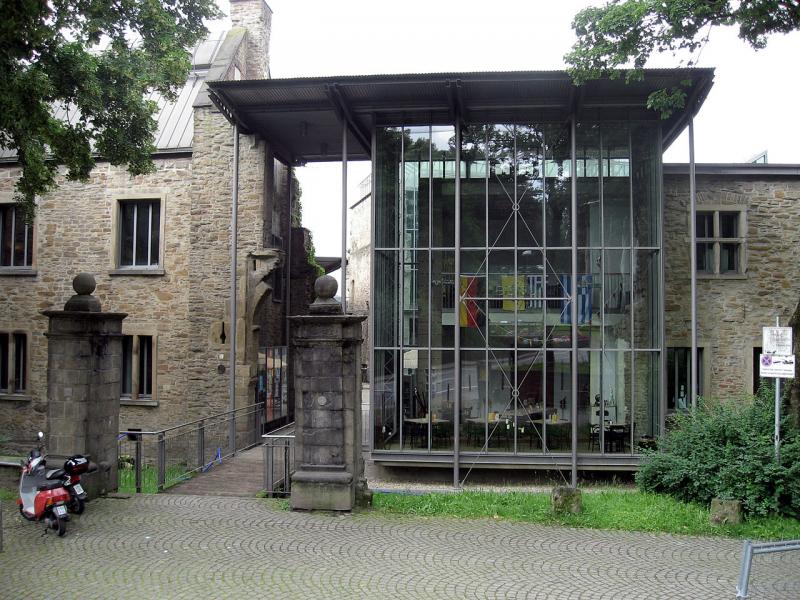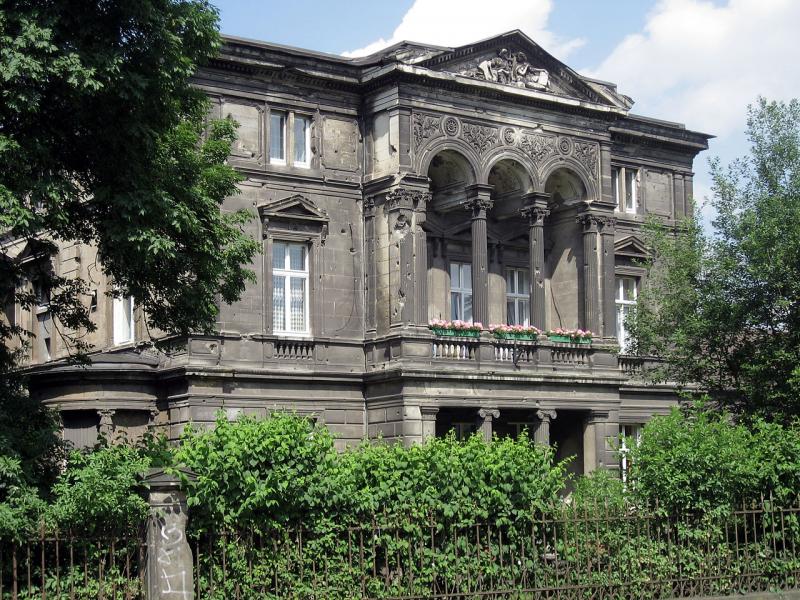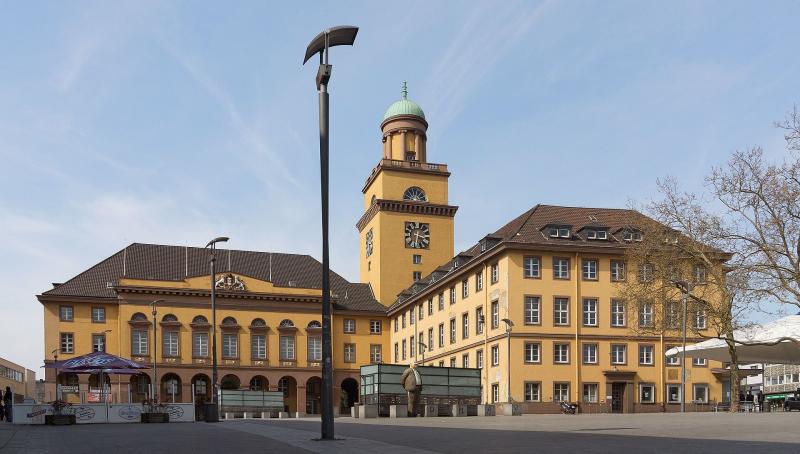Nachtigallstraße 35, 58452 Witten
Icon legend
![]() This icon indicates an awarded building
This icon indicates an awarded building
![]() This icon indicates a listed building
This icon indicates a listed building
![]() Projects with this logo are on the UNESCO World Cultural Heritage list
Projects with this logo are on the UNESCO World Cultural Heritage list
![]() Project has been converted, renovated or extended
Project has been converted, renovated or extended
x close
![]()
ab 1714
- keine Angabe -
- keine Angabe -
Advanced search with more criteria
Total projects: 483

58455 Witten
Distance: 1.36 km

58452 Witten
Distance: 1.52 km

58452 Witten
Distance: 1.69 km

58452 Witten
Distance: 1.94 km
In the Witten Muttental (a valley), south of the River Ruhr, coal mining was started rather early - in galleries at first, then from vertical mining shafts.
Nachtigall was one of the first pits that switched to drift mining. Coal mining was shut down here in 1892.
In 1890, about 880 miners worked on Zeche Nachtigall. In order to keep the price of coal stable and to avoid over production, the individual Ruhr-based pit’s output was apportioned.
The larger pits north of the Ruhr acquired the rather unprofitable pits in Muttental to be allowed a higher output. And in contrast to the northern bituminous coal the Witten coal is not even coking-grade either. In some seams, all the coal had been extracted at any rate.
All this sealed the pit’s fate in 1892. The miners, for the most part, were relocated to pits in the north or to other industrial plants.
The pit building was replaced by a double ring kiln for Ziegelei Dünkelberg, in which by 1964 many a million bricks had been produced and we now find the Westfälisches Industriemuseum Zeche Nachtigall of Landschaftsverband Westfalen-Lippe in the three extant pit buildings.
The museum focuses upon the origins of coal, the Ruhr valley’s industrial development, coal consumption, Ruhr navigation and the work of miners as it was done about 150 years ago. Some extant combination steam hoists are still “in operation” for visitors to view. The excavation sites around the Hercules mining shaft can also be viewed as part of an exhibition on early mining.
The Muttental as such has become “natural” once again. Some relics like glory holes, galleries, pit buildings and tips from times past are linked by the Muttental mining trail (Bergbaurundweg Muttental). There is the afore-mentioned museum on Zeche Nachtigall, and the Ruhr valley museum railways passes by to go to Henrichshütte, Hattingen etc.
The 9km Muttental mining trail has 30 attractions to offer. These attractions include the former meeting house with a small exhibition, a 130m long visitors’ gallery and the pit and light railway museum on the former Zeche Theresia pit.
Author: Route Industriekultur/ Editorial baukunst-nrw
Text last changed on 06.05.2024
Categories:
Architecture » Public Buildings » Cultural (cinemas, theatres, museums)